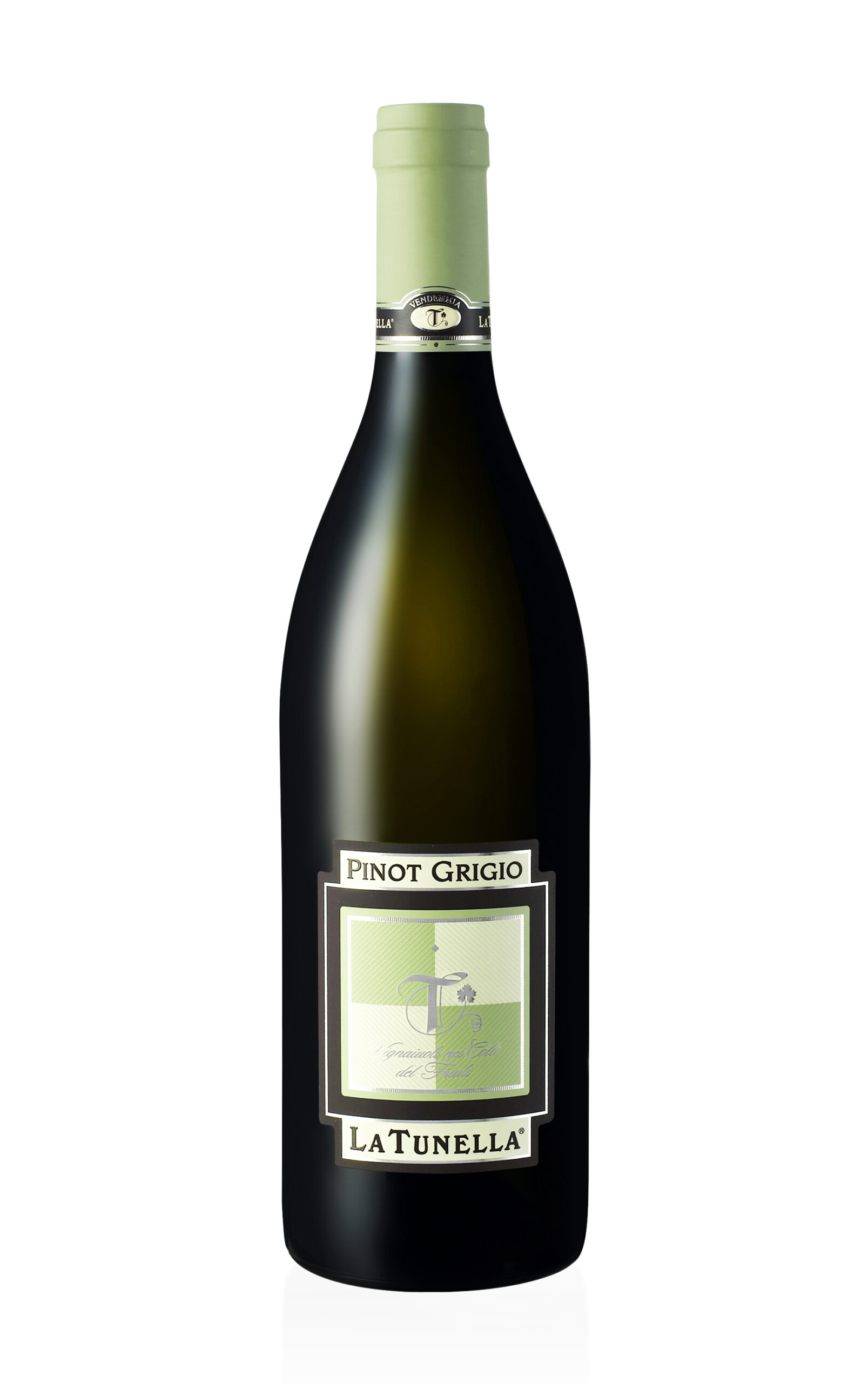For those who are fortunate enough to visit the Amalfi Coast, there are countless experiences that you will share with friends and family upon arriving back home – the gorgeous scenery and fantastic restaurants, the magical island of Capri, the beautiful ceramics of Positano and the enormous lemons. Lemons – who would find citrus memorable? Voyagers are certain to notice that the lemons there are far larger than they are accustomed to seeing.
The lemon that we know today has evolved over the course of thousands of years. Originally from the Middle East, the fruit was originally small and barely palatable. Over time, farmers from the Republic of Amalfi crossed a variety of lemon with bitter local oranges until they produced a form known as the nostrato, a direct parent of the present day Sfusato d’Amalfi.
The fruit was grown to provide vitamin C on long sea voyages to prevent scurvy and in the case of the Sfusato d’Amalfi, more than 25% of its volume is juice, which also has a higher vitamin C content than most other lemons. Minori was the key port and the local lemons were traded across Italy and beyond. Botanist G.B. Ferrari was the first to record the qualities of the local lemons in 1646, which he described as pleasantly scented with a taste that is pleasantly sour.
By the 19th century, the lemon had assumed a great social and economic importance and the enormous work of transforming the previously unproductive rural landscape along a stretch of land from Positano to Vietri sul Mare was complete. The agricultural production included such towns as Atrani, Cetara, Conca dei Marini, Furore, Maiori, Minori, Ravello, Scala, Positano, Praiano and Tramonti. Lemons were sold individually and fishermen would transfer the harvest to larger ships moored off shore.
The zones dedicated to the cultivation were formed into small orchards separated by large dry stone walls. They are still accessed by steep staircases and even today, the freshly-picked lemons are transported on the shoulders of workers.
Another type of lemon grown not far from the Amalfi Coast on the Sorrento Peninsula called the Femminello Sorrentino or Limone ovale, which is slightly more acidic and tangy than the Sfusato d’Amalfi.
As enormous as these lemons are, they are significantly smaller than the Cedro lemon. It often has a diameter exceeding a foot and the slightly misshapen fruit may weigh in at over three pounds. It has a very thick, soft white pith and there is a noticeably small proportion of fruit to pith. When squeezed, it yields less juice than a lemon just half its size. Although the juice is sweeter than most lemons, the real point of these fruits is the pith and the zest. The spongy, thick soft white pith is delicious eaten raw or when cooked. In Italy, it is thinly shaved and eaten raw in salads or used as a topping for bruschetta. Since the Renaissance, the oils from the skin have also been used in perfumery and cosmetics due to their delicate and fragrant scent.
So among the many sights of the Amalfi Coast to take in, make sure to enjoy the lemons in all of the varied forms that you will find, from ingredients in salads to homemade Limoncello.





